If the AC condenser running but not cooling, check air filters, condenser coils, and refrigerant levels. Clean or replace filters and coils. If issues persist, call a professional HVAC technician to inspect and recharge the refrigerant if necessary.
Is your AC condenser running tirelessly, yet failing to deliver the cool relief you crave? You’re not alone. The frustration of an AC condenser running but not cooling can be all too common, especially during scorching summers. But fear not! In this guide, we’ll unravel the mysteries behind this perplexing issue, empowering you to diagnose and potentially resolve the problem without breaking a sweat. Let’s delve into why your AC condenser might be running but not cooling, and discover practical solutions to restore your comfort.
Common Causes of AC Condenser Running But Not Cooling:
When your AC condenser is running but not cooling, it can be a frustrating and uncomfortable situation, especially during the hot summer months. Several factors can contribute to this issue, ranging from simple fixes to more complex problems. In this guide, we’ll explore eight common causes of an AC condenser running but not cooling and provide solutions to help you address them effectively.
Dirty Condenser Coils:
One of the most common reasons for an AC condenser running but not cooling is dirty condenser coils. Over time, dust, dirt, and debris can accumulate on the coils, hindering their ability to release heat effectively. As a result, the condenser may run continuously without producing sufficient cooling.
To remedy this issue, clean the condenser coils regularly. Use a soft brush or a vacuum cleaner with a brush attachment to remove dirt and debris from the coils. Additionally, consider scheduling professional maintenance at least once a year to ensure thorough cleaning and inspection of the entire system.
Low Refrigerant Levels:
Low refrigerant levels can also cause the AC condenser to run without providing adequate cooling. Refrigerant is essential for absorbing heat from the indoor air and transferring it outside. If the refrigerant levels are low, the AC system may struggle to cool the air effectively, leading to poor performance.
If you suspect low refrigerant levels, contact a licensed HVAC technician to inspect the system. They will identify any leaks, repair them if necessary, and recharge the refrigerant to the proper levels. It’s essential to address refrigerant leaks promptly to prevent further damage to the system.
Faulty Capacitor:
The capacitor is responsible for providing the necessary electrical charge to start the compressor and fan motors in the AC system. If the capacitor is faulty or failing, it may not be able to provide enough power to the motors, causing the condenser to run but not cool effectively.
A licensed HVAC technician can test the capacitor using specialized equipment to determine if it’s functioning correctly. If the capacitor is faulty, it will need to be replaced. It’s crucial to replace the capacitor with a compatible part to ensure proper operation of the AC system.
Restricted Airflow:
Restricted airflow can significantly impact the performance of the AC system, causing the condenser to run without providing sufficient cooling. Common causes of restricted airflow include blocked vents, dirty air filters, or obstructed ductwork.
Check and clean air filters regularly to ensure proper airflow through the system. Additionally, clear any obstructions around vents and registers to allow air to flow freely. If you suspect issues with the ductwork, contact a professional HVAC technician to inspect and repair any leaks or blockages.
Compressor Issues:
The compressor plays a crucial role in the refrigeration cycle, as it compresses the refrigerant to increase its temperature and pressure. If the compressor is faulty or malfunctioning, it may not be able to circulate refrigerant effectively, resulting in poor cooling performance.
If you suspect compressor issues, it’s essential to contact a qualified HVAC technician for diagnosis and repair. Compressor problems can range from electrical issues to mechanical failures, and attempting DIY repairs can lead to further damage or safety hazards.
Electrical Problems:
Electrical issues, such as faulty wiring, blown fuses, or tripped circuit breakers, can prevent the AC system from operating properly. If the condenser is running but not cooling, it’s essential to check for any signs of electrical problems that may be affecting its performance.
Inspect the electrical components of the AC system, including wiring, fuses, and circuit breakers, for any signs of damage or malfunction. Replace any blown fuses or reset tripped circuit breakers as needed. However, if you’re not comfortable working with electrical components, it’s best to leave repairs to a professional technician.
Thermostat Malfunction:
A malfunctioning thermostat can cause the AC system to run inconsistently or fail to cool the space adequately. If the thermostat is not accurately sensing the temperature or properly communicating with the AC system, it may result in the condenser running without providing sufficient cooling.
Test the thermostat by setting it to a lower temperature and observing the AC system’s response. If the AC does not kick in or cool the space as expected, the thermostat may be faulty and require replacement. Consider upgrading to a programmable or smart thermostat for improved energy efficiency and comfort control.
Refrigerant Leak:
Refrigerant leaks can occur due to corrosion, aging components, or improper installation. When refrigerant levels are low due to a leak, the AC system may struggle to cool the air effectively, resulting in reduced performance and efficiency.
If you suspect a refrigerant leak, contact a licensed HVAC technician to inspect the system and locate the source of the leak. Once identified, the technician will repair the leak and recharge the refrigerant to the proper levels. Regular maintenance and prompt repairs can help prevent future refrigerant leaks and ensure optimal performance of the AC system.
Troubleshooting Steps for AC Condenser Running But Not Cooling
If you’ve found your AC condenser running but not cooling, it can be a frustrating and uncomfortable situation, especially during hot weather. However, before you panic and call for professional help, there are several troubleshooting steps you can take to diagnose and potentially fix the issue yourself. In this comprehensive guide, we’ll walk you through eight common causes of an AC condenser running but not cooling and the steps you can take to address them.
Low Refrigerant Levels:
One of the most common reasons for an AC condenser running but not cooling is low refrigerant levels. When refrigerant levels are low, the system struggles to remove heat from your home effectively, resulting in reduced cooling performance.
Troubleshooting Steps:
Begin by checking the refrigerant levels using a pressure gauge. If the pressure is below the recommended level, it indicates a refrigerant leak.
Locate and repair any leaks in the refrigerant lines, typically done by a qualified HVAC technician.
Once the leak is fixed, recharge the system with the appropriate amount of refrigerant to restore optimal performance.
Dirty Condenser Coils:
Over time, the condenser coils can accumulate dirt, dust, and debris, hindering the heat exchange process and causing the system to run inefficiently.
Troubleshooting Steps:
Turn off the power to the AC unit before attempting to clean the condenser coils to avoid injury.
Use a soft brush or vacuum cleaner to gently remove any dirt and debris from the coils.
For more thorough cleaning, consider using a coil cleaner or contacting a professional HVAC technician for assistance.
Faulty Condenser Fan Motor:
The condenser fan motor plays a crucial role in dissipating heat from the condenser coils. If the fan motor malfunctions or stops working altogether, the condenser may run but fail to cool effectively.
Troubleshooting Steps:
Visually inspect the condenser fan motor for any signs of damage, such as worn-out bearings or broken blades.
Test the motor’s functionality by manually spinning the blades. If they do not spin freely, the motor may need to be replaced.
Check the electrical connections to ensure they are secure and free from corrosion.
Faulty Electrical Connections:
Loose or corroded electrical connections can disrupt the flow of electricity to various components of the AC system, including the condenser unit, leading to cooling problems.
Troubleshooting Steps:
Turn off the power to the AC unit at the circuit breaker before inspecting the electrical connections.
Examine all electrical connections, including wires, terminals, and connectors, for signs of damage or corrosion.
Tighten any loose connections using a screwdriver and clean any corrosion using a wire brush or sandpaper.
If any wires are damaged, frayed, or melted, replace them immediately to prevent electrical hazards.
Malfunctioning Compressor:
The compressor is the heart of the AC system, responsible for pressurizing and circulating the refrigerant to facilitate the cooling process. If the compressor fails or becomes inefficient, the AC condenser may run but struggle to cool effectively.
Troubleshooting Steps:
Listen for unusual noises coming from the compressor, such as grinding, rattling, or hissing, which could indicate mechanical problems.
Check the electrical connections and voltage supply to the compressor to ensure they are within the recommended range.
If the compressor is found to be faulty, it may need to be repaired or replaced by a qualified HVAC technician.
Restricted Airflow:
Restricted airflow around the condenser unit can hinder heat dissipation and cause the system to run inefficiently, resulting in poor cooling performance.
Troubleshooting Steps:
Remove any obstructions, such as debris, vegetation, or furniture, from around the condenser unit to ensure adequate airflow.
Trim back any overgrown vegetation or foliage that may be blocking the airflow to the unit.
Check the air filters inside your home and replace them if they are dirty or clogged, as this can also restrict airflow to the system.
Thermostat Issues:
A malfunctioning thermostat can prevent the AC system from cooling properly by failing to communicate the desired temperature settings to the condenser unit.
Troubleshooting Steps:
Check the thermostat settings to ensure they are correctly configured for cooling mode and set to the desired temperature.
Test the thermostat by adjusting the temperature settings and listening for the sound of the AC system kicking on.
If the thermostat is unresponsive or shows signs of malfunction, replace it with a new one compatible with your AC system.
Frozen Evaporator Coil:
A frozen evaporator coil can occur due to restricted airflow, low refrigerant levels, or other underlying issues, preventing the AC system from effectively cooling your home.
Troubleshooting Steps:
Turn off the AC system to allow the evaporator coil to thaw completely before attempting any repairs.
Inspect the evaporator coil for signs of ice buildup or frost, indicating a potential issue with airflow or refrigerant levels.
Address any underlying issues causing the freezing, such as replacing dirty air filters, clearing obstructions, or replenishing refrigerant levels as needed.
Conclusion
In conclusion, troubleshooting an AC condenser running but not cooling requires a systematic approach. From checking for basic issues like dirty air filters to more complex problems such as refrigerant leaks or compressor malfunctions, each step plays a crucial role in restoring your cooling system’s functionality. Remember to inspect electrical connections, and thermostat settings, and ensure proper airflow around the condenser unit. If DIY fixes don’t resolve the issue, seek professional HVAC assistance to accurately diagnose and resolve the problem. By addressing underlying issues promptly, you can ensure optimal performance and comfort from your AC system, even when faced with the frustrating dilemma of an AC condenser running but not cooling.


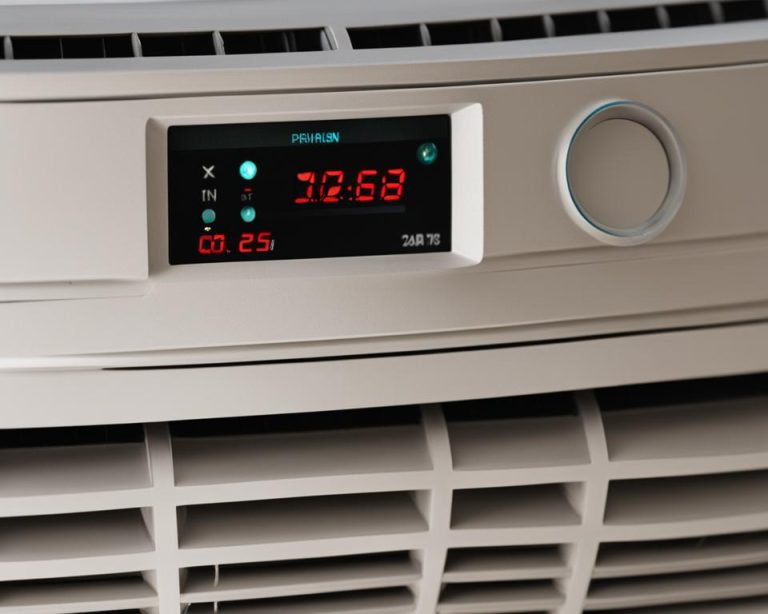
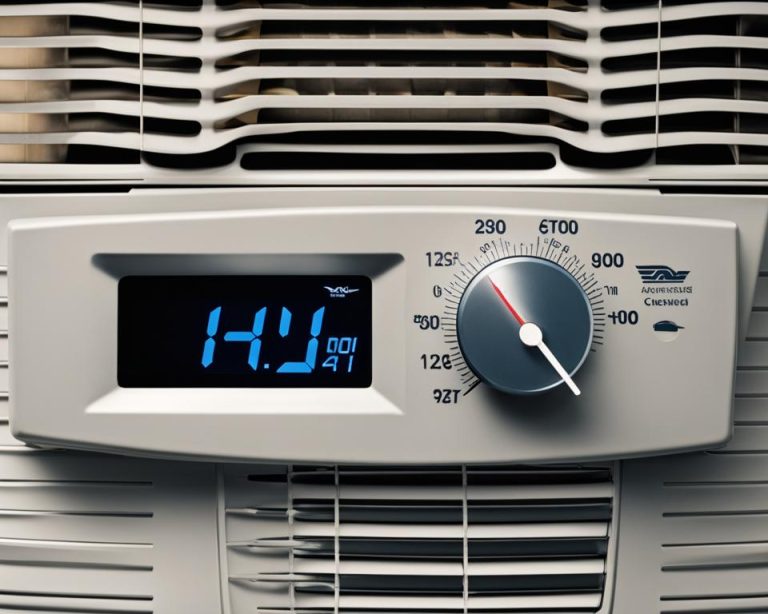
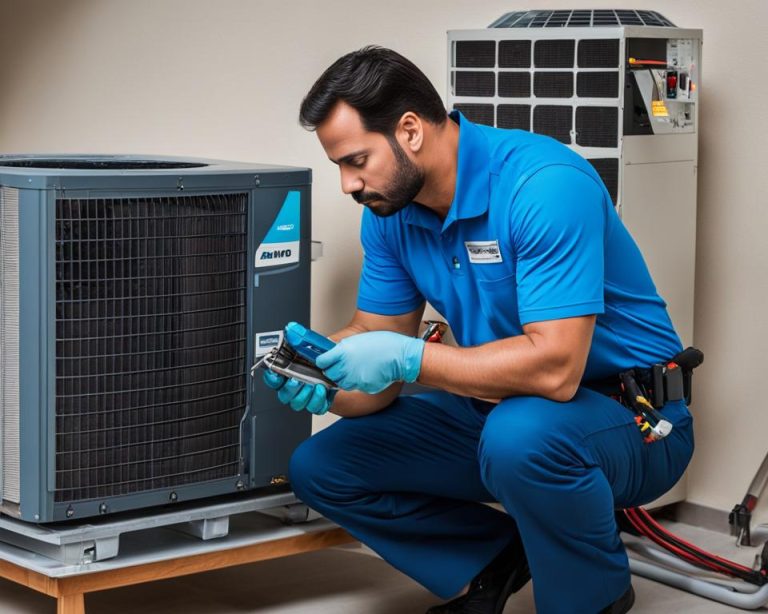
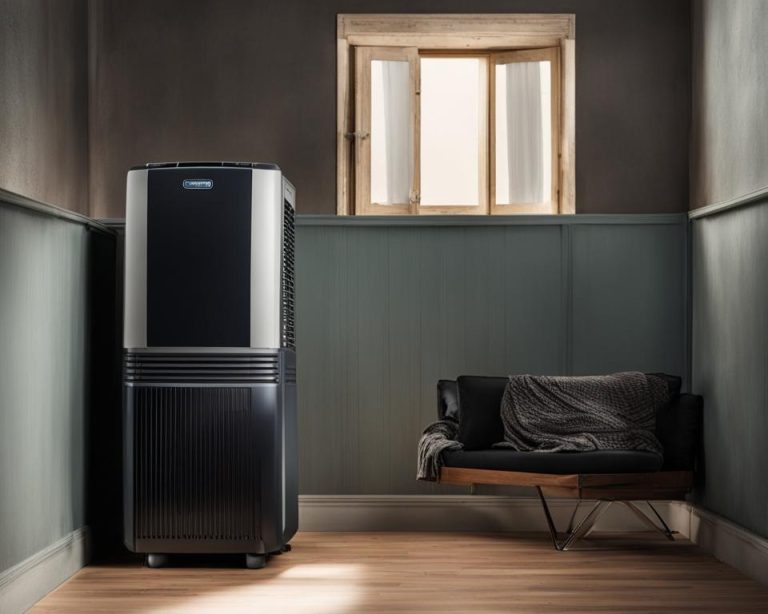
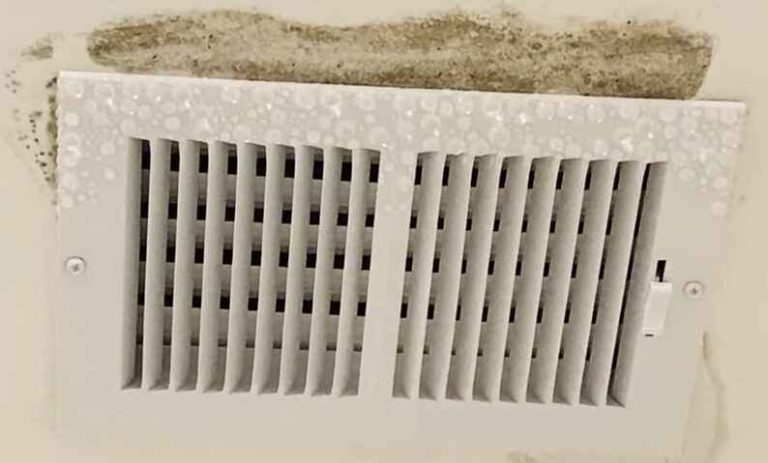
One Comment